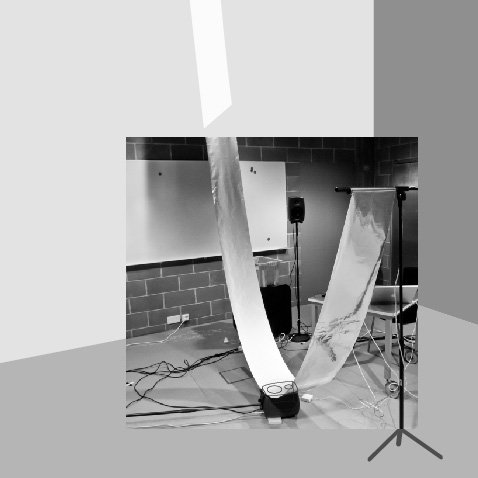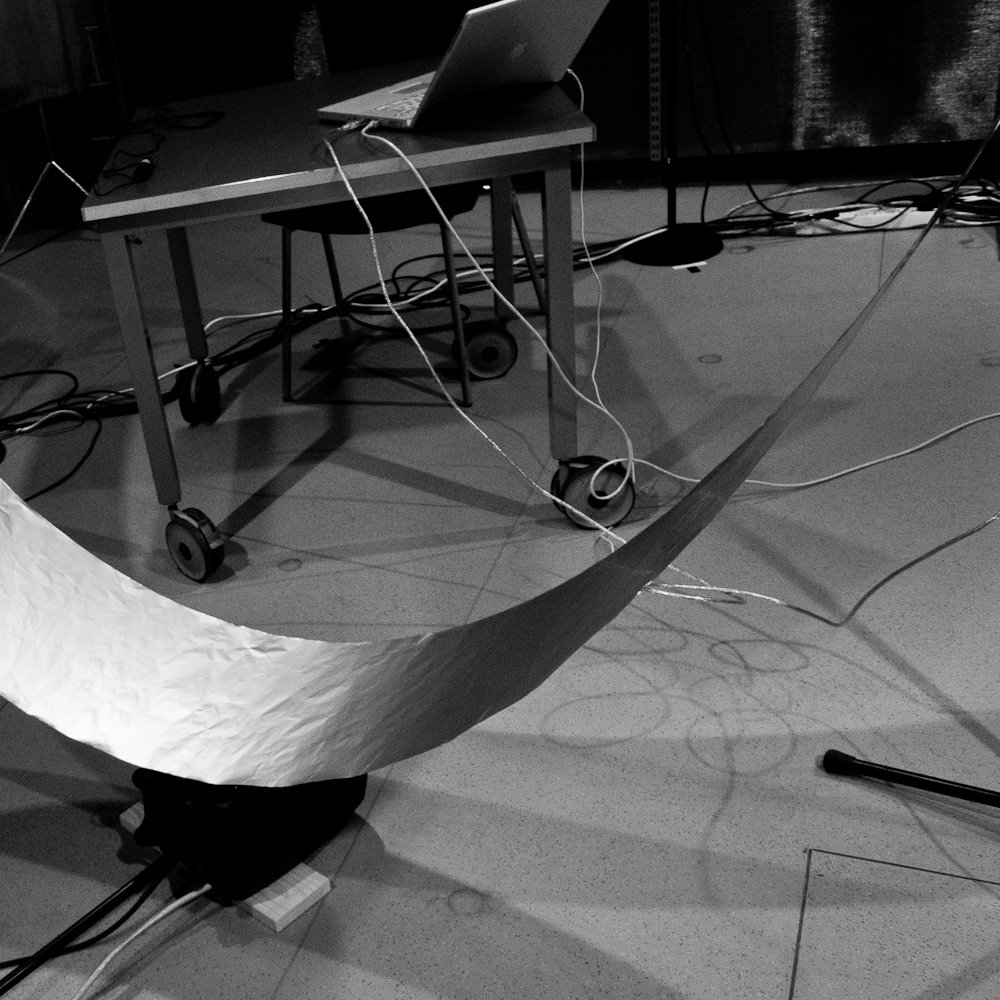As I wrote here, I consider one big thing in the Materials research project to
Find similarities, respectively a link between digital and physical raw material.
Why do I want to do this? It is because I think that by broadening the interface between the physical and the digital realm (currently mastered by a mouse, a keyboard, a screen, sound, and – sometimes – a multitouch surface), a completely new world, full of possibilities will open up (wow. pathetic). This tight interconnection between the two realms, though, is difficult to design, since that method implies to cautiously not define a fixed interface with only a few parameters and dimensions, but rather to think the two parts (digital/logical and physical) as one. Still, guidelines for this approach are needed and methods have to be gathered in order to reveal the awaiting potential pitfalls of such a complex system.
My first step into this direction is to
Mentally grasp the natural behavior/character of raw materials.
In the previous post, I wrote “e.g. by feedback induction (on various levels)”, however, this is only one example strategy. The only essential part here is to find specifica of the materials that can be altered/modulated by human intervention, since this manipulation is the key element that will set apart the complex digital-analogue system from its “predecessor”, the modular digital-analogue system (note to self: I need better names for this).
Resonances

In order to find such specifics of physical materials, I decided to start with the comparison of two materials. I chose them rather arbitrarily, only the form factor where intended to be the same.
When speaking of sound (which I do here, since my research interest is on [intlink id=”396″ type=”page”]tangible auditory interfaces[/intlink]), immediately resonances come into mind.
I therefore did two studies in which I induced resonances caused by an external sound source into two different materials: vellum and aluminum foil. The sound stimulus in both cases was a sine-based sweep, slightly distorted to add some harmonics (i.e. especially higher frequencies and energy):
Ndef(sweep, {
// sweep from 5 Hz to 320 Hz (6 octaves) in 100 secs
SinOsc.ar(LineX.ar(5, 320, 100), mul: 2).tanh;
}
Observations
From the video documentation, it is quite evident that there are differences between the two materials on the micro-level (i.e. in this case the produced sound). On a macro-level, though, both materials show the same reaction: there are two clearly separated time regions in which they resonate.
Using my hands (and possibly arbitrary other tools), I was able to modulate these effects.
Consequences

During editing and reviewing the recorded material, I realized that I again bound myself to a well-established research concept: low-level repeatability, together with extreme modularization.
Just looking at the videos, I discovered that it where those parts that I find particularly interesting, in which I modulated the material’s properties with my hands. This intervention distinguishes my (otherwise very poor) approach to gather insights into the sonic character of physical materials by resonance induction from the “standard natural science” approach: where they try to minimize external interventions, I should try to maximize them. I hope that the gained expertise will help me to come up with a set of design guidelines and building blocks for highly and truly interactive tangible and auditory interfaces.
One consequence of this might be that I’ll have to leave the cozy lab/studio to capture some “real” data.
Off we go!